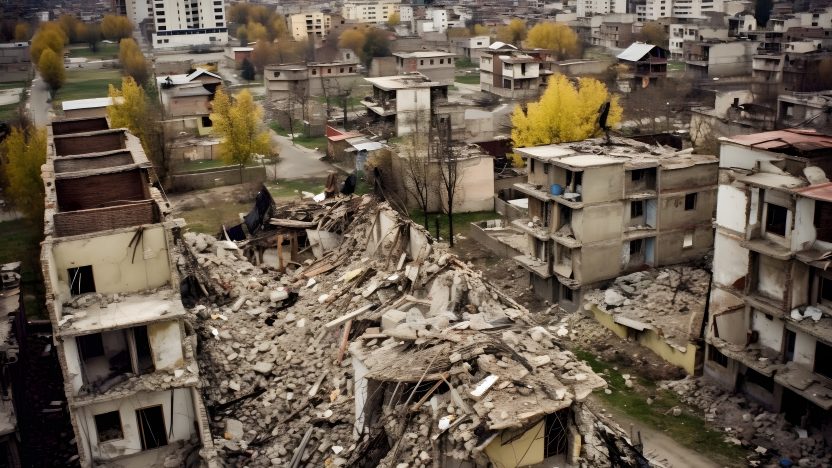A large industrial city, which, even before the full-scale invasion, had significant environmental problems that had been accumulating for years, was almost completely destroyed by the Russians in the spring of 2022.
These destructions also affected the environmental situation in the city, but it is almost impossible to assess the scale of the tragedy without collecting soil or water samples while Mariupol is temporarily occupied. However, the team of the Together! Initiative Group attempted to give a preliminary, approximate assessment and prepared a thorough report on the effects of hostilities and Russian crimes on the environment in Mariupol with the support of the EPAIU Initiative.
The study contains a detailed description and assessment of the general overview of the environment in Mariupol before the start of the full-scale invasion (Part 1) and a preliminary assessment of the consequences of the destruction caused by the Russians to the city (Part 2). In addition, the Report proposes an action plan to reduce the dangers for the environment and the population after the deoccupation of Mariupol.

“There is a preliminary array of data based on video evidence recorded by those very Russians who carried out an attack on Mariupol, on videos taken by Mariupol residents, and on satellite images. This allows us to have a rough understanding of the effects and scale of what happened,” said Maksym Borodin, the organisation’s leading expert.
Even the approximate results of the preliminary study suggest that the primary task of the state after deoccupation of the city should be the comprehensive analysis and the creation of a safe environment for people’s lives rather than the restoration and reconstruction of the city, as was the case in Bucha or Kherson.
However, according to the authors of the study, despite the scale of environmental problems that the authorities and residents will have to face after the deoccupation of Mariupol, we should not give up and remember that many cities after the Second World War were also completely destroyed and seemed impossible to rebuild, and still they were. The successful reconstruction of Mariupol and recovery of its environment is achievable if Ukraine can attract not only financial aid and reparation payments from the aggressor state, but also technical and expert assistance from the allies.
Read the study in Ukrainian and English here:
***
The Report was made as part of the Environmental Policy and Advocacy Initiative for Ukraine implemented by the International Renaissance Foundation with financial support from Sweden.
The opinions, conclusions or recommendations are those of the authors of this Report and do not necessarily reflect the views of the Government of Sweden. The contents of the Report are the sole responsibility of Together! Initiative Group NGO.

